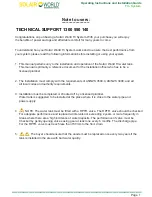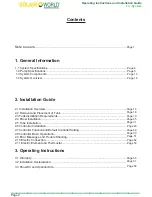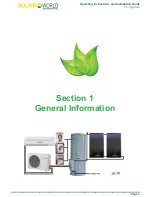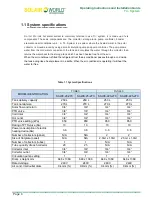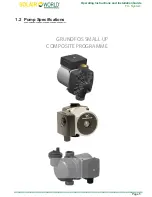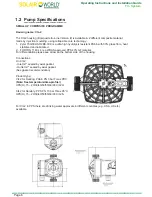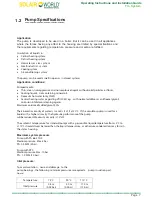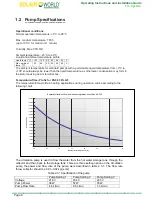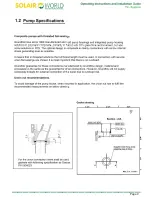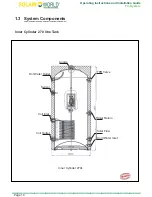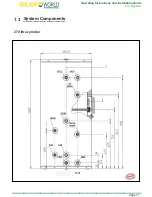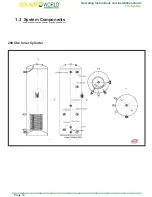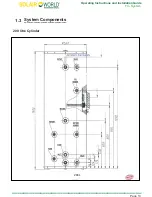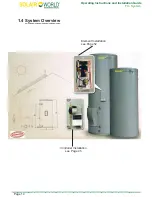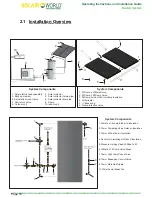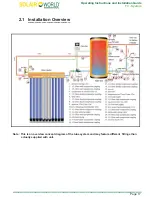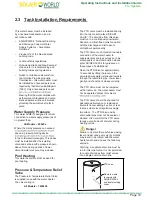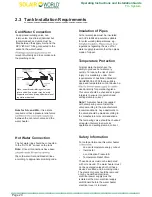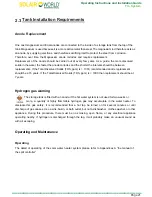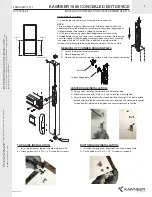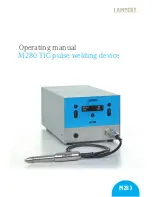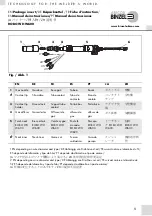
Operating Instructions and Installation Guide
Tri - System
_______________________
Page 7
1.2 Pump Specifications
Application
The pump is developed to be used in a boiler. But it can be used in all appliances,
where the forces having any effect to the housing are limited by special fixations and
the requirements regarding temperature, pressure and media are fulfilled.
Circulation
of liquids in :
x
Central heating system
x
District heating system
x
Hot water ser vice s yste m
x
Small industrial s ystem
x
Cooling system
x
Air-conditioning s ystem
The pump can be used aswell in open as in closed systems.
Application conditions:
Pumped media:
x
Thin, c
lean, non-aggressive and non-explosive liqui
d
s without solid particles or fibres.
x
Cooling liquid s, not containing mineral oil.
x
Domestic hot water (only CIL2S)
x
Central heating water (regarding VDI 2035) e.g
. with normal additives as antifreeze (glycol),
corrosion inhibitor or cleaning agents
Maximum volume of added glycol: 40%
The kinematic viscosity of water is 1 mm2/s (1 cSt) at 20°C. If the circulator pump is used
for a
liquid with a higher viscosity, the hydraulic performance of the pump
will be reduced. Maximum viscosity is 10
°
cSt.
The ambien
t temperature for standard pumps with a permissible liquid temperature from +2°C to
+110°C should always be lowerthan the liquid temperature
, as otherwise condensation may
form in
the stator housing.
Maximum system pressure
Pump with PA 6.6 30 GF:
Medium pressure: Max. 3 bar
PN: 0.3 MPa (3 bar).
Pump with PPS:
Medium pressure Max. 10 bar
PN : 1.0 MPa (10 bar).
Inlet pressure:
To avoid cavitation
, noise and damage to the
pump bearings
, the following minimum pressure are required a
pump in suction port.
Liquid
Temperature
75° C
90° C
110° C
Inlet pressure
0.5 m
(0.05 bar)
4.0 m
(0.4 bar)
11.0 m
(1.1 bar)
_________________


